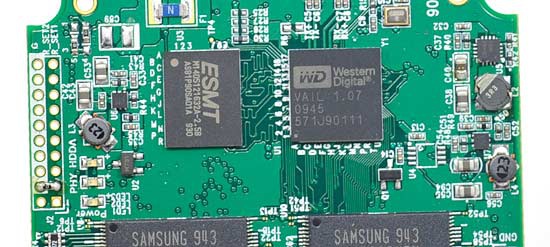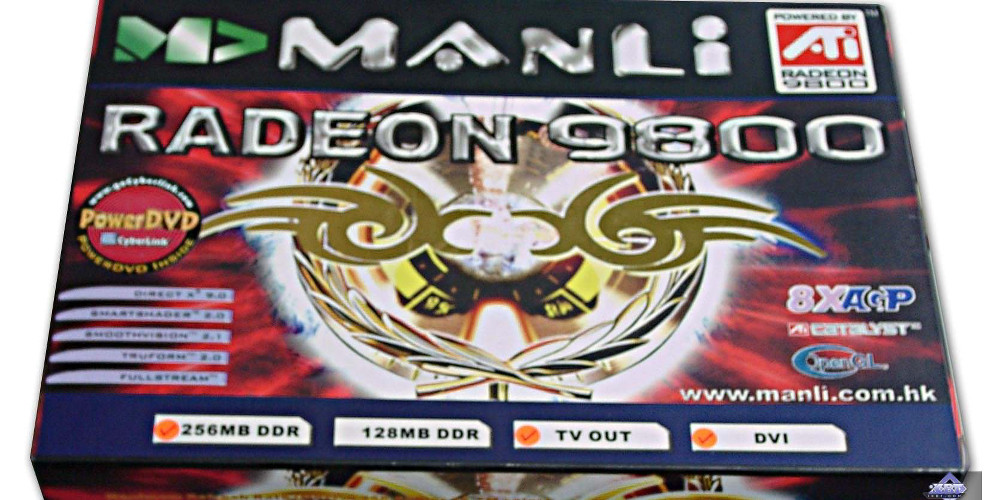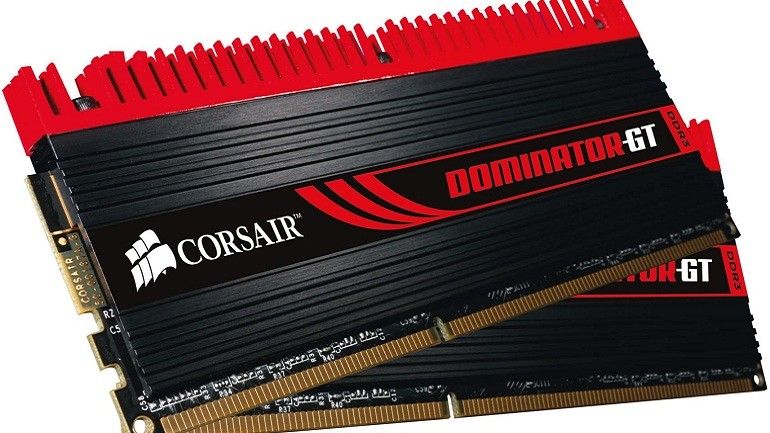What an SSD controller is for and the job it does
When we read the specifications of a solid state storage unit, just as important as knowing the type of NAND memory that it uses inside to store our data, is to know what SSD controller the manufacturer has decided to install in it. But do we know what the controller is and how it is used in the function of the SSD?
Apart from the fact that the price of NAND memory is right now in the clouds, there is no doubt that solid state storage units are the greatest revolution that has been seen in decades within the area of consumer-market computer products and related to data storage on a personal level.
And we can affirm this in such a categorical manner not only because the latency in accessing the data that we store on these units is practically non-existent, but also because of the irrefutable improvements in speed that we have achieved because of them. This improvement in speed has allowed us to pass from the 100 or 200 MB/s that a mechanical hard drive could offer us (in the best of cases), to the 550 MB/s or 3 GB/s that SSD units are able to offer (depending on whether they use SATA or PCIe buses).
The SSD controller is in charge of organizing all of the data in the NAND memory cells
Given the high rate of transfer of files that a good SSD unit can reach, it’s important that its manufacturer incorporates a good SSD controller which takes charge of controlling where those files go and placing them in the memory directories that are free, carrying out an exhaustive control of the files. This function is basic in order to always know at every moment how much free space remains in our storage unit.

 We will analyze how much memory a graphics card needs in order to play current and future titles with no problems. 4, 6, or 8 GB?
We will analyze how much memory a graphics card needs in order to play current and future titles with no problems. 4, 6, or 8 GB? With memory, something similar happens; it’s a number, so our brains have learned that bigger is better. So we go to the store looking for cards that have the largest amount of memory possible, making bad decisions that will cost us more money in the future.
With memory, something similar happens; it’s a number, so our brains have learned that bigger is better. So we go to the store looking for cards that have the largest amount of memory possible, making bad decisions that will cost us more money in the future. The edges of its case are angular while being somewhat rounded. The Spin 11 has a rubberized edge which protrudes slightly from the rest of its case and which enables this Chromebook to survive falls from a height of up to 1.22 meters.
The edges of its case are angular while being somewhat rounded. The Spin 11 has a rubberized edge which protrudes slightly from the rest of its case and which enables this Chromebook to survive falls from a height of up to 1.22 meters. RAM is a vital component in any type of computer unit or system in a broad sense, and we can say without fear of error that its use depends to a large degree on the specific operating system that we use, as well as the applications that we use that system to run.
RAM is a vital component in any type of computer unit or system in a broad sense, and we can say without fear of error that its use depends to a large degree on the specific operating system that we use, as well as the applications that we use that system to run.
 With the arrival of optical fiber we have experienced an incredibly great increase in navigation speed, and now we can navigate the internet, download and share files in the blink of an eye. But this connection speed isn’t always the real connection speed that we experience. And since we live in a technological age that is more and more mobile, when we move away from the location of our WiFi router we see that we lose signal strength, and with it, speed. Therefore we need a method to extend the coverage of our internet connection.
With the arrival of optical fiber we have experienced an incredibly great increase in navigation speed, and now we can navigate the internet, download and share files in the blink of an eye. But this connection speed isn’t always the real connection speed that we experience. And since we live in a technological age that is more and more mobile, when we move away from the location of our WiFi router we see that we lose signal strength, and with it, speed. Therefore we need a method to extend the coverage of our internet connection.